
 Jordan … one solution for low-value disputes is adjudication.
Jordan … one solution for low-value disputes is adjudication.
As an industry, we talk a lot about how to choose dispute resolution in contracts: litigation or arbitration; which forum, where seated, which set of arbitration rules. Issues of practicality and efficiency, of course, feature in those decisions (especially cost) but we are generally thinking only about disputes which are big enough and complex enough to justify the time and money involved in these procedures.
As we know, the practical reality is that many disputes are not of a high enough value to justify (on commercial grounds) taking them through litigation or arbitration – especially an arbitration in which party costs cannot be recovered, regardless of the result.
Does this really matter? Yes. Here are three reasons:
First, low-value disputes do not correlate to simple disputes. That’s the nature of construction.
Second, “low value” by the above test of justifying the very high cost of formal disputes resolution, covers a wide range of values. And even genuinely low sums in dispute will matter. A subcontractor’s interim payment application not being paid, or a good claim not getting awarded, can be an existential threat.
Third, it is an invitation to abuse if means of redress are reserved only for big disputes. A party can engage with the issue in correspondence and go through the dispute’s escalation process knowing that it won’t go further than that because the size of the dispute doesn’t justify it. Or it will be kept for the final account bunfight later on.
In any contractual relationship, it is healthy for the parties to know that the contract has to be interpreted and operated correctly according to its terms, on both big things and small, or there will be consequences. So, to resolve difficulties, we can’t have just a binary choice between three years of arbitration or nothing at all.
One solution for low-value disputes is adjudication: a short, cheap and efficient way to examine a dispute, resulting in an independent adjudicator’s decision that is binding but not necessarily final. That is: it is enforceable immediately by whatever means are available, but remains subject to final dispute resolution, should either party decide to pursue that.
Adjudication isn’t new. We have discussed it a few times, and each time noting that it has become well-established globally, but it has not yet gained popularity in the Middle East. This is in part due to a lack of awareness but, from my experience, adjudication might not be packaged in a way that appeals to project participants in the region.
The best-known use of contractual adjudication is the Dispute Avoidance and Adjudication Board (DAAB) process in the Fidic Second Edition main contracts. This is part of a mandatory three-stage sequence of determinations to resolve any issue. As we have noted before, Fidic forms remain extremely popular in the region but many owners and contractors have concluded that these pre-arbitration provisions are complicated, lengthy and prescriptive. Also, that the formalities for appointing the DAAB and their operating procedures are too long.
So how about this instead?
• An eight-page adjudication procedure;
• A two-page adjudicator appointment;
• Fixed adjudicator fees;
• A fixed (and short) timetable from the referral to receiving a decision.
This is the new Construction Industry Council (CIC) Low Value Disputes Model Adjudication Procedure, which was recently published in its Second Edition. This is designed to deal with disputes with a value at or less than £100,000 ($124,598) and provides:
• Either party, at any time, may give a Notice of Adjudication on any matter of dispute;
• The referring party, within five days of giving the Notice of Adjudication, shall apply to the CIC or another nominating body to appoint the adjudicator – and pay the application fee;
• The referring party, within seven days of giving the Notice of Adjudication, shall give a referral notice to the other party and to the adjudicator – to include the contract, the circumstances giving rise to the dispute, the redress sought, the basis of entitlement to that redress and the evidence to be relied on;
• Unless the adjudicator directs otherwise, the responding party is to respond to the referral notice within seven days and the referring party may reply to that within seven further days;
• The decision (with reasons) is timetabled for 28 days after the referral notice, subject to a maximum 14 days extension if the referring party agrees;
• The adjudicator’s fees are set on a sliding scale between £2,000 and £5,000, with more in the event of a hearing or site visits being needed.
I don’t suggest that international parties adopt the CIC Procedure, whole. I want just to illustrate how short and simple (and inexpensive) an adjudication procedure can be. This procedure was written to comply with UK statutory adjudication requirements, but something similar could be incorporated into any contract.
We should also note that the value of a “binding” adjudicator’s decision is less if the means of enforcement are not equally clear and immediate – but the contract can give the decision weight by setting consequences for not complying.
* Stuart Jordan is a partner in the Global Projects group of Baker Botts, a leading international law firm. His practice focuses on the oil, gas, power, transport, petrochemical, nuclear and construction industries. He has extensive experience in the Middle East, Russia and UK.










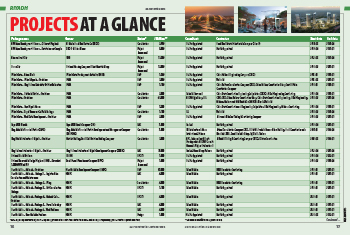




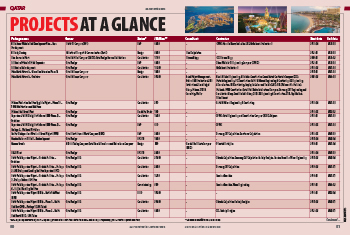
.jpg)
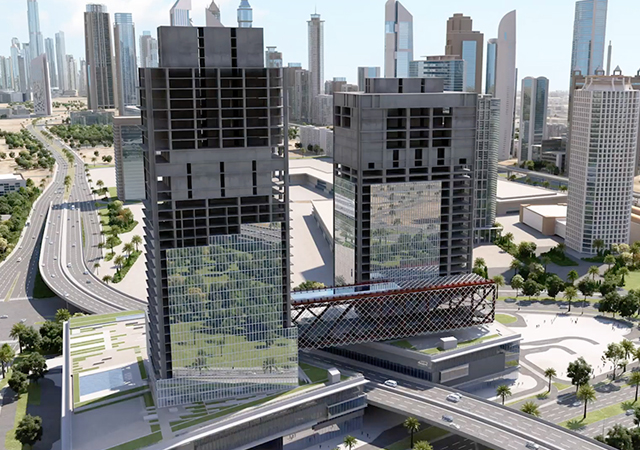











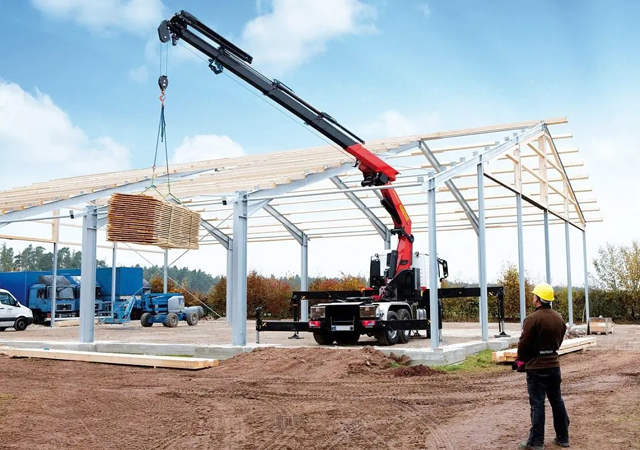
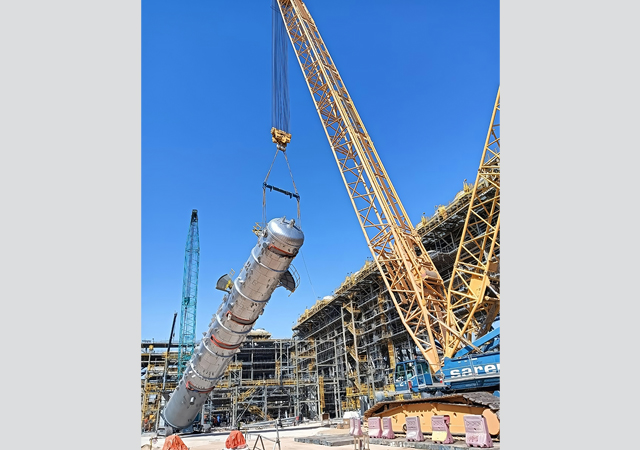
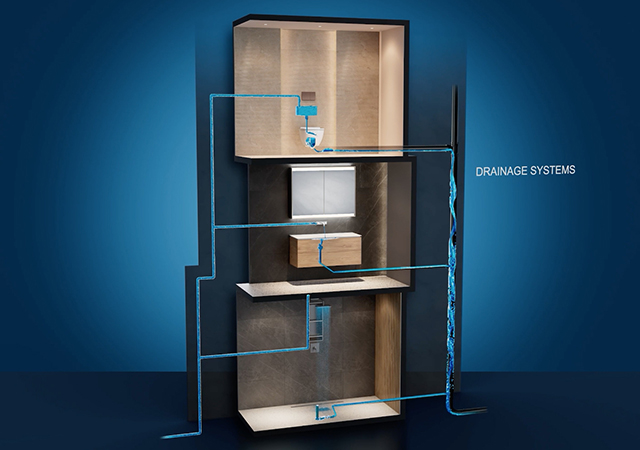
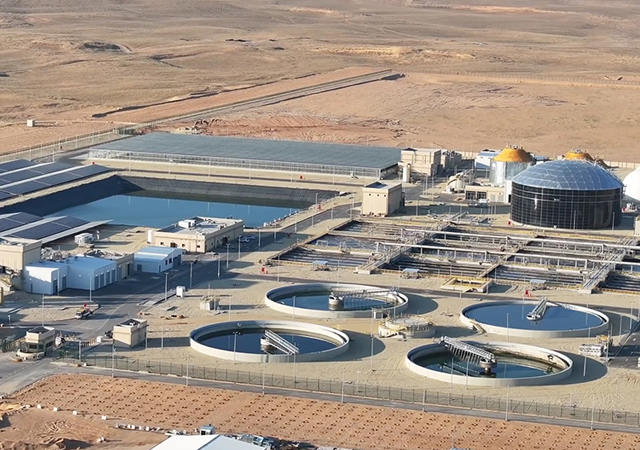









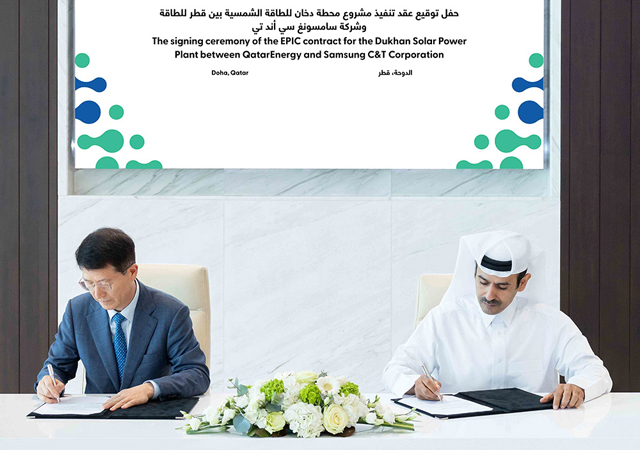




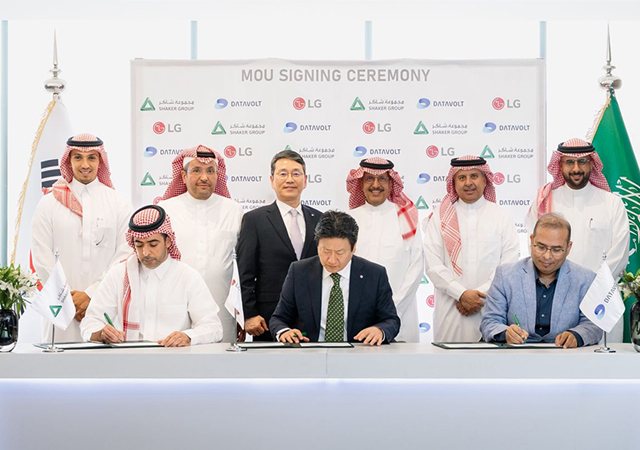

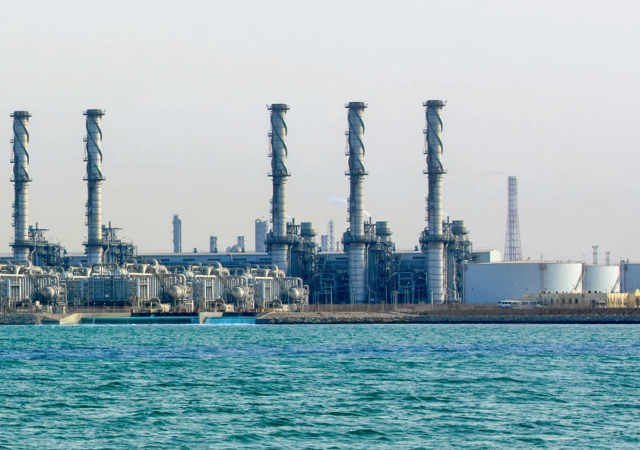



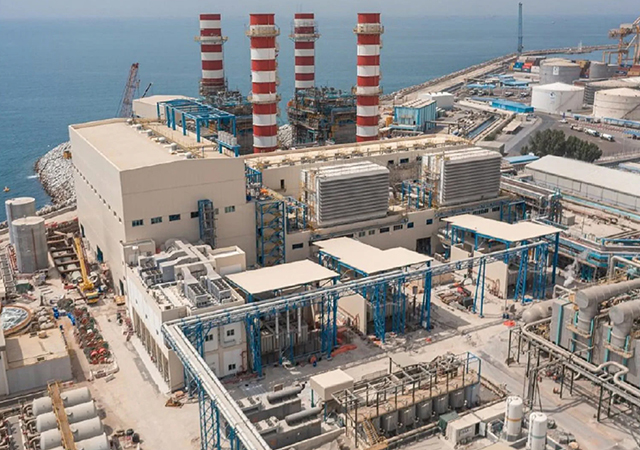















.jpg)




.jpg)





